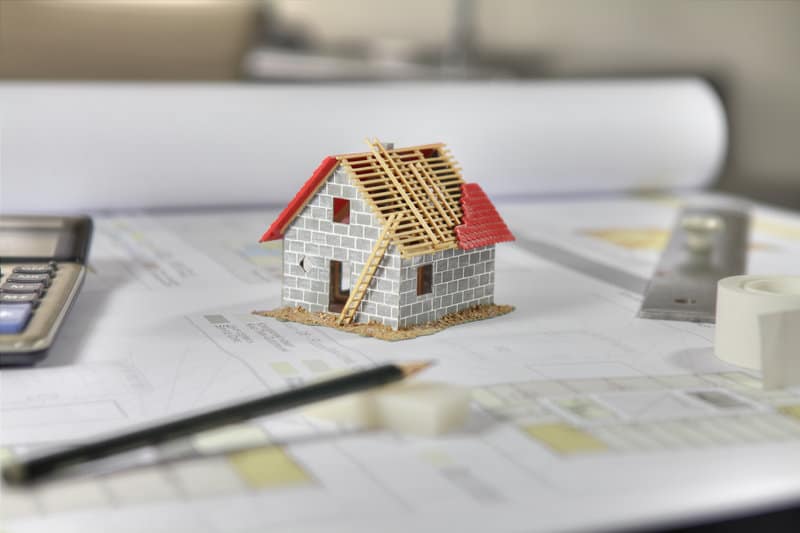The ins-and-outs of what goes into a residential roofing project aren’t essential for homeowners to know. However, having a general idea of the steps required to remove and replace a new roof allows homeowners to ensure their roofer is doing the job right.
Your Next Roofing Project, Step-By-Step
Step One: It all begins with an inspection
One of the biggest mistakes homeowners make when it comes to roof repair and replacement is hiring an unqualified or unlicensed contractor. Taking the time to “interview” at least three, licensed roofers has multiple benefits.
- You get to compare apples-to-apples on the estimates, getting a more well-rounded idea of the market value for your project.
- You’ll have the ability to see who is the most thorough, responsive, timely, and patient with questions/answers versus those who blow through less conscientiously.
- The opportunity to get to know prospective roofers a bit better, so you rely on your gut feelings and choose the one you feel best about hiring.
Your roof is going to require maintenance and repairs from time to time, so consider this an opportunity to form a long-term, loyal relationship with a local roofing team.
If you’re repairing or replacing your roof due to storm damage or a natural disaster, the roofing contractor should work with you and your insurance carrier to simplify the claims process.
Step Two: Ask about their residential roofing project process
There is a set protocol that deserves to be followed to ensure your residential roof is replaced correctly. It’s not just about nailing up some shingles or putting down tiles. Today’s roofing systems are built thoughtfully from the underlayment on up, prioritizing home energy efficiency and comfort.
Here is a brief overview of the steps involved in a residential roofing project:
- The inspection. Your roofer will thoroughly inspect the roof, including the roofing deck that supports it. If there is a history of storm or moisture damage or unaddressed maintenance issues, the wood may be soft or rotted – and all or portions of it need to be replaced.
- Site protection. Conscientious contractors – roofers and remodelers alike – should always prioritize site protection, cleanliness, and safety at all times. Most roofers use a combination of protective plywood and tarps to protect your home’s trim, siding, architectural features, and landscaping. And, they should always clean as they go so you aren’t left with a mess when they’re off-site after-hours or on weekends.
- Preparation of roof surface. We’ll prep the roof deck with additional features to prevent moisture and ice damage, typically consisting of drip edge installation, ice, and water shields, and roofing felt that protects the shingles from sticking directly to the roof deck.
- Removal of old/damaged roofing. The old stuff has to come off to make way for the new. In some cases, this may be small sections of damaged roofing, or it means taking off all of the old shingles to prepare the roof foundation for a full replacement.
- Application of new roofing materials. Now it’s time to apply the shingles, and we’ll work from the bottom to the top. We’ll use step and counter flashing, ridge vents, and ridge capping as needed, depending on the contours of your roof design.
- Metal roofing. If you’re moving forward with an eco-friendly metal roof this time around, the process is somewhat similar. Metal roofs are very durable, but they still require water/leak protection via a properly installed foundation, insulation, and flashing products.
- Replacement of gutters and downspouts. If needed, we’ll repair or replace old or damaged gutters and downspouts. These are essential components in your residential roof system, moving water out and away from the roof to protect your home from leaks.
- The final inspection. Once your new roof is replaced, we’ll perform a final inspection, going over every square inch to make sure it’s complete. We’ll take special care to ensure penetrations – skylights, solar tubes, chimney(s), vents, etc. – are completely sealed and protected from potential water damage.
Step Three: We leave it in your hands
Once we’ve completed the job, we leave it in your hands. We’ll provide you with all of the paperwork from your roofing materials manufacturer(s), and reiterate some of the most important steps required to increase the efficiency, durability, and lifetime of your new roof.
The two most important are inspecting your roof, gutters, and downspouts after major storms and again before storm season (fall is ideal) to keep them free of debris, and notifying us ASAP at the first sign of missing or damaged shingles, leaks, moisture penetration and so on.
We Can Handle Your Residential Roofing Project
Are you ready to work with a Little Elm roofer who pays attention to all of the details that go into a residential roofing project? Contact Dr. Remodel Roofing & Construction to schedule an onsite appointment, or give us a call, 469-379-2504, to get qualified answers from licensed roofing professionals.


